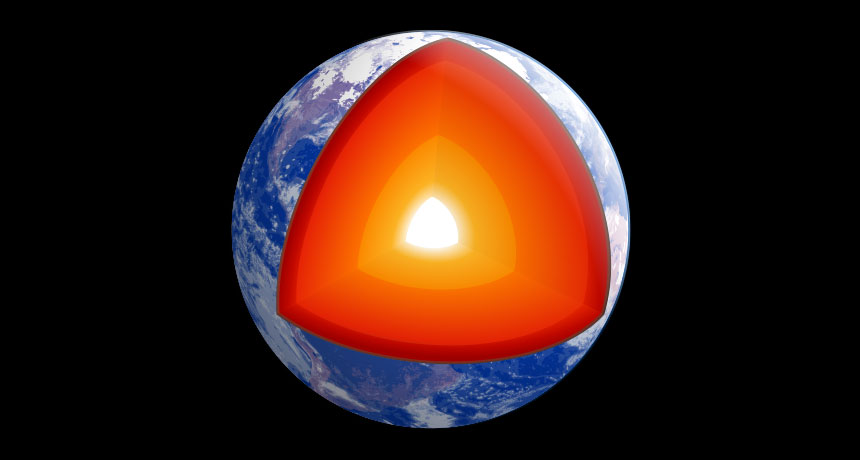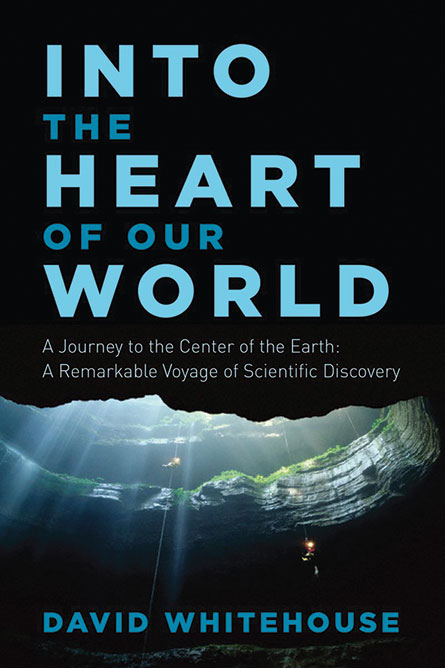Earth’s inner secrets divulged in ‘Into the Heart of Our World’
New book takes readers on voyage deep inside the planet

EARTH’S GUTS A new book explains how decades of scientific research have revealed Earth’s interior structure thousands of kilometers deeper than humans have ever ventured.
Kelvinsong/Wikimedia Commons (CC BY-SA 3.0)







